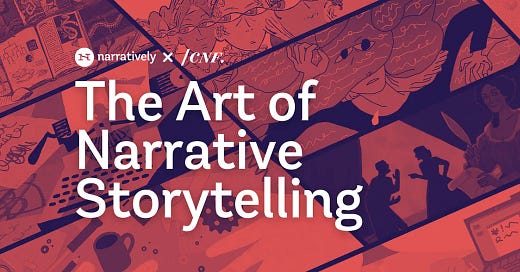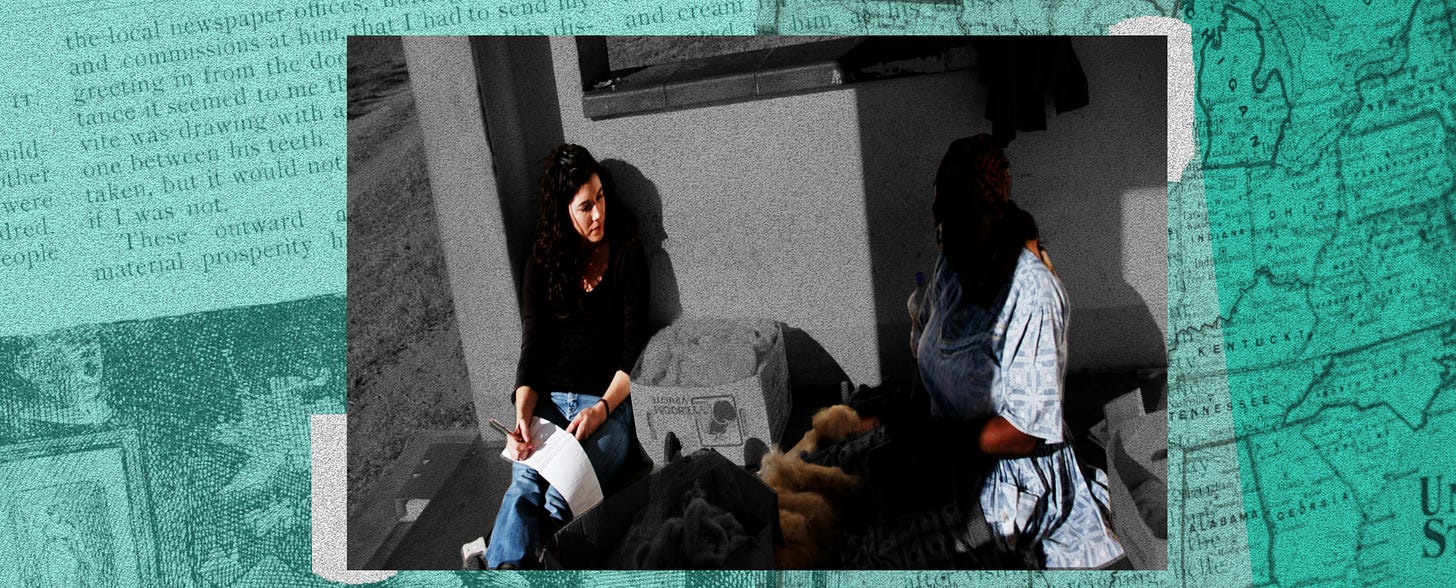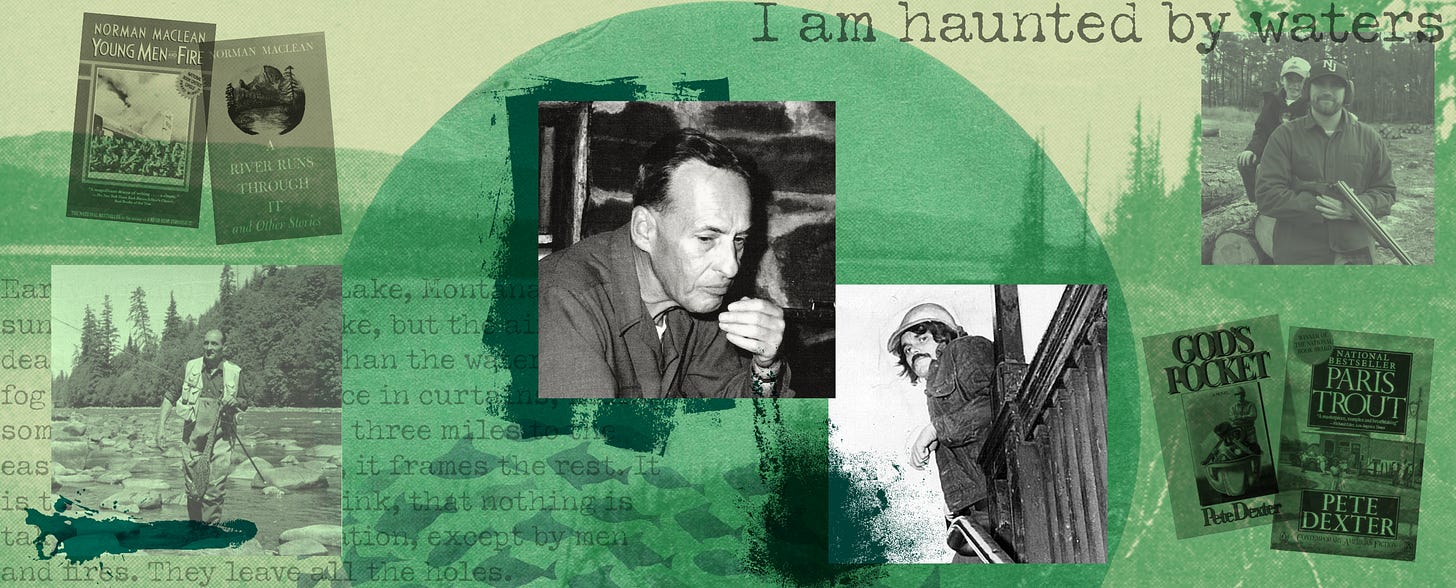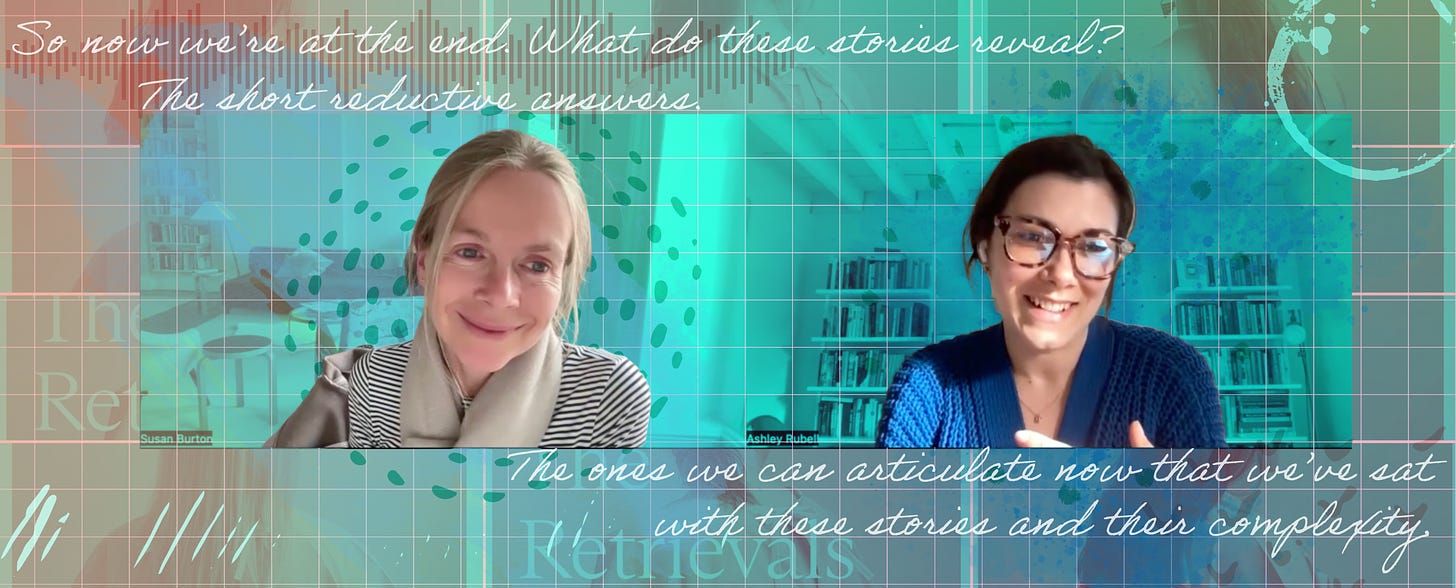The Art of Narrative Storytelling: An exploration of how writing moves us in ways we never expect
This special collaboration from Narratively and Creative Nonfiction is made possible by support from the Consortium for Science, Policy & Outcomes and the School for the Future of Innovation in Society at Arizona State University.
When the idea to collaborate with Creative Nonfiction on a series both celebrating and interrogating the art of narrative storytelling first came up, I was immediately excited by it. I love, love (love) talking about the craft and the behind-the-scenes of writing: why and how we make the reporting decisions we make, the kinds of questions we wrestle with while figuring out how to green light, tell and even read stories, where inspiration comes from. But when I tried to picture the actual stories we’d publish within this series, my vision wasn’t super clear. Until, that is, the pitches and drafts started coming in and I began to see what felt like such an obscure, specific theme come to life in exactly the ways I had hoped — and in some ways I hadn’t anticipated.
The final result is a collection of four essays across a wide spectrum, all with one thing in common: They each take a magnifying glass to how writing and the process behind it moves us — forward, sometimes backward, and often emotionally and even physically in ways we could never have imagined. In this special issue, we take a look at what it means to immerse ourselves fully in worlds that are new to us in order to tell stories; the plight of one woman in search of constructive criticism on her writing that, for once, isn’t centered on her disability; a writer’s quixotic quest to speak to one of his writing heroes about their shared writing hero; and finally, how to tell a story that doesn’t have a clean ending and instead leaves readers with lingering questions.
For the next four weeks, we will present one essay a week, resulting, we hope, in a unique collection that inspires the writer in you and compels you to ask questions and seek answers about your own life and creative process, and those of others. To kick us off, we’ve got none other than the brilliant Earl Swift dissecting the art of immersive journalism, and revealing why embedding ourselves in other people’s lives yields immeasurable results in our stories. You can read his story below and stay tuned for the rest each week throughout the month. But before we dive in, I’m excited to turn this over to Creative Nonfiction co-founder Lee Gutkind, who shares some insight into where this whole series came from, below.
—Jesse Sposato, executive editor of Narratively
In 2008, I joined the faculty of the Consortium for Science Policy and Outcomes at Arizona State University. CSPO, which soon became a part of ASU’s School for the Future of Innovation in Society, is a think tank which investigates various fields of science and technology and suggests policies that lead to productive innovation.
What was I, a creative nonfiction writer, doing in a think tank along with these awesome policy wonks devoted to changing the world? As it turned out, it was also my job to think: to think about how to bridge the gap between the work being done across the world by scientists, engineers, policy makers and the general public. To find and develop true stories, to enlighten and make what seemed like complicated information and ideas more palatable and intriguing through artful narrative.
One of my most successful projects during my 15 years at ASU was working with CSPO and SFIS to create and publish a series of special issues in Creative Nonfiction centered on themes devoted to real-life stories about topics ranging from games and the power derived by playing them, to the intersection of science and religion and the ways ordinary people were confronting the challenges of sustainability in their own neighborhoods and families.
This issue, The Art of Narrative Storytelling, the first of three ASU-supported Creative Nonfiction/Narratively partnership issues, is a continuation of our ongoing efforts to demonstrate the vital importance of narrative and the challenges confronted by writers devoted to turning essential information into stories that will open doors and connect with readers. Stay tuned for more amazing and compelling narratives in the future — and enjoy and learn from this terrific Art of Narrative Storytelling issue, with Earl Swift starting us off below.
—Lee Gutkind, co-founder of Creative Nonfiction
The Art of Narrative Storytelling #1:
Why “Shut-Up-and-Listen Journalism” Matters
Story by Earl Swift
Bestselling author Earl Swift examines the difference between immersive reporting and simply doing your job—and reveals why embedding deeply in a world is critical.
The Art of Narrative Storytelling #2:
How One Woman Fought for the Chance to Become a Better Writer
Story by Sandra Gail Lambert
In a quest to improve her prose, Sandra Gail Lambert constantly had to push aside feedback that tokenized her in order to get criticism that was actually helpful. Here’s how she succeeded.
The Art of Narrative Storytelling #3:
A Writer Obsessed With a Writer Obsessed With a Writer
Story by Jason Nark
While looking for guidance from his literary hero, Norman Maclean, Jason Nark discovered Pete Dexter—whom he found just as intriguing. He tracked Dexter down to talk about the writer they both loved.
The Art of Narrative Storytelling #4:
My Quest to Tell a Story That Doesn’t Have a Neat Ending
Story by Ashley Rubell
When tidy conclusions weren’t serving my essay about the traumatic delivery of my son, I turned to Susan Burton—who ended her podcast about women’s pain leaving me wanting more—to ask her about it.
Note: Audio narration is available for all published stories via the Substack app, which you can download here.









